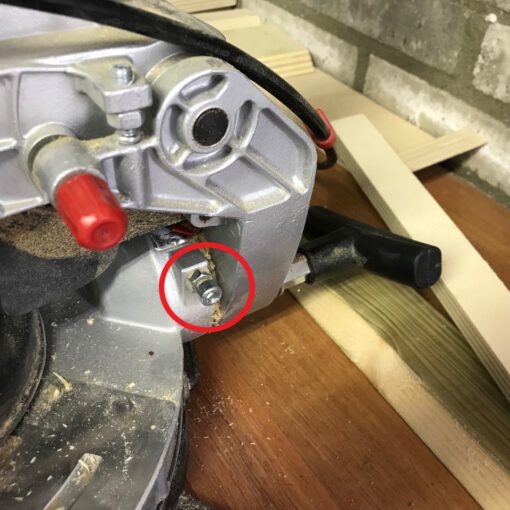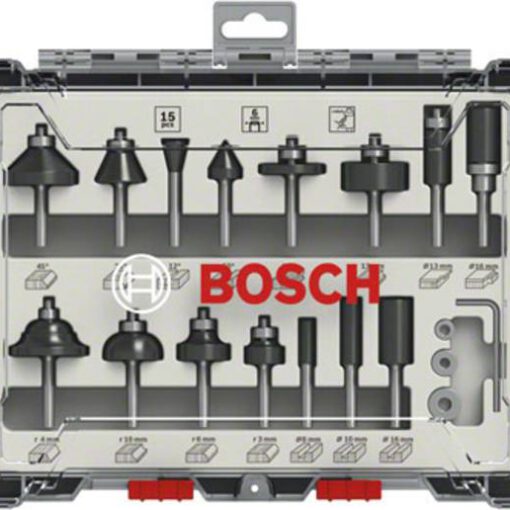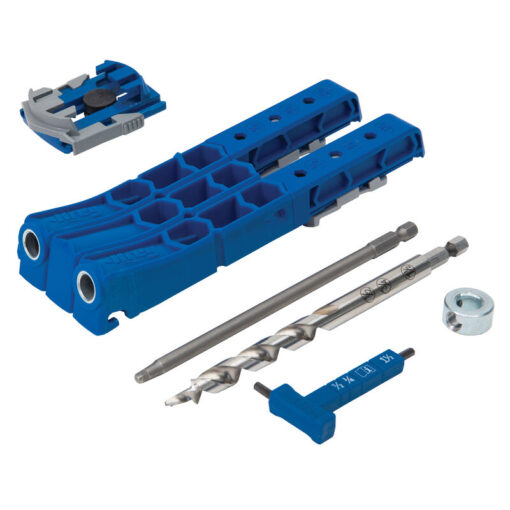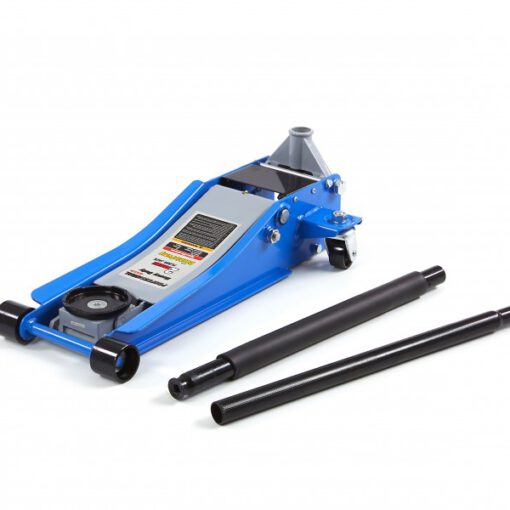Personal protection is important when working with tools. Standard items include hearing protection, safety goggles, gloves, and possibly safety shoes. Gloves are certainly the one that I use the most.
Types of gloves
I would generally categorize gloves into three types:
- Thin disposable gloves for protecting from dirts and fluids. These are made either of latex or nitrile. As some people are allergic to latex, it is recommended to get nitrile gloves.
- Thicker textile gloves with a coated palm. These come in many different versions and offer a compromise between protection and feel in the fingers.
- Padded gloves that offer increased mechanical protection at the cost of reduced dexterity and feel.
There are many different levels of protection against cuts, chemicals, low temperatures, water, and even electricity.
Sizes
Glove sizes are given with either a number (usually 6 to 10) or a letter (S to XXL). Unfortunately, sizes can differ a bit between manufacturers and even between different glove models of the same manufacturer. I usually use size 8 gloves, but I have Showa gloves in this size that are labelled L and others that are labelled M, and some that are clearly too large and others that fit perfectly. So it might take a bit of trial and error to find a glove that fit perfectly. If you do, it makes sense to stick to those for the future.
Which gloves to get
My most-used gloves are of the textile type with coated palm. These provide me with enough feel and dexterity for most mechanical jobs while offering decent protection. I currently use models from Showa and Haase.The Ansell 11-840 is a glove of this type that is very popular with Formula 1 teams, but they seem to be available only in packs of 12 (or 144 with some dealers).
For handling tires and things with sharper edges, I prefer thicker padded gloves. These can be a bit expensive, but I’m now on my second pair of Oxxo gloves.
When handling fluids (like during oil changes) or glue, I use nitrile gloves. A box of these isn’t expensive and will last for a long time.
I’d consider other types of gloves for special jobs, and it can be handy to have a pair of these around. In my case that’s a pair of waterproof gloves (which can e.g. be used for washing the car) and a pair of garden gloves that I don’t mind getting dirty. If you do a lot of garden work that involves dealing with thorny branches, thicker leather gloves may come in handy, too.




